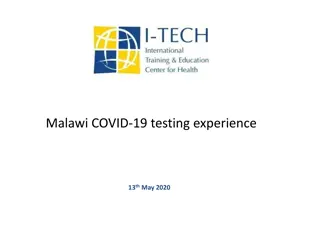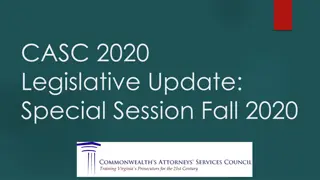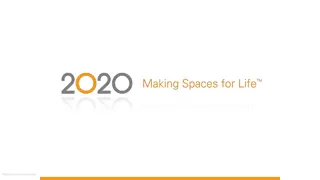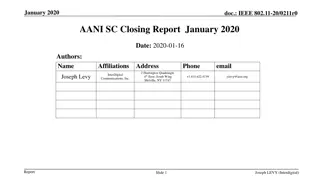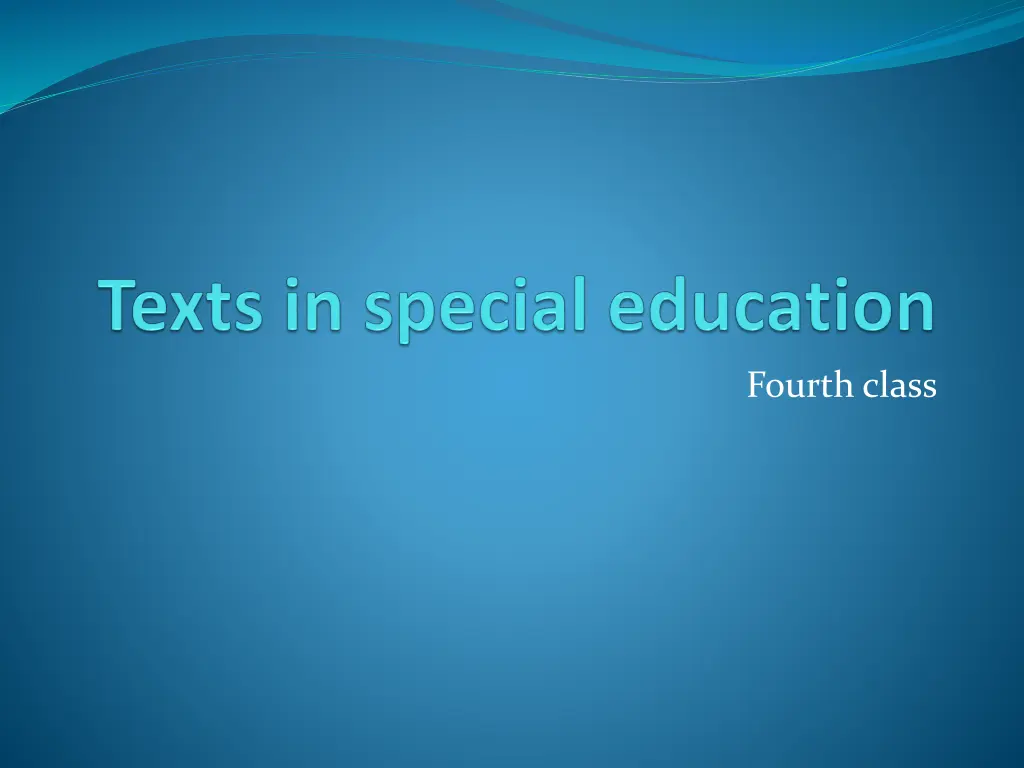
Understanding Special Education and Its Impact on Students
Special education, also known as special needs education, focuses on addressing the individual differences and needs of students with disabilities. This practice involves tailored teaching procedures, specialized equipment, and accessible settings to promote self-sufficiency and success. Explore the types of special education, including common special needs and intellectual giftedness, and learn how it differs from remedial education and general education. Integration of special education can reduce stigmas and enhance academic achievement for all students.
Uploaded on | 10 Views
Download Presentation

Please find below an Image/Link to download the presentation.
The content on the website is provided AS IS for your information and personal use only. It may not be sold, licensed, or shared on other websites without obtaining consent from the author. If you encounter any issues during the download, it is possible that the publisher has removed the file from their server.
You are allowed to download the files provided on this website for personal or commercial use, subject to the condition that they are used lawfully. All files are the property of their respective owners.
The content on the website is provided AS IS for your information and personal use only. It may not be sold, licensed, or shared on other websites without obtaining consent from the author.
E N D
Presentation Transcript
Definition of Spatial Education Special education (also known as Special needs education) is the practice of educating students with special needs in a way that addresses their individual differences and needs. Ideally, this process monitored arrangement of teaching procedures, adapted equipment and materials, and accessible settings. These interventions are designed to help learners with special needs achieve a higher level of personal self-sufficiency and success in school and their community, than may be available if the student were only given access to a typical classroom education involves the individually planned and systematically
Types of Special education Common special needs include learning disabilities, communication disorders, disabilities Students with these kinds of special needs are likely to benefit from additional educational services such as technology, a specifically adapted teaching area, or a resource room. disorders, physical emotional and behavioral developmental disabilities, and different approaches to teaching, the use of
Types of Special education Intellectual giftedness is a difference in learning and can also benefit from specialized teaching techniques or different educational programs, but the term "special education" is generally used to specifically indicate instruction of students with disabilities. Gifted education is handled separately
Special Education and remedial Education Whereas special education is designed specifically for students with special needs, remedial education can be designed for any students, with or without special needs; the defining trait is simply that they have reached a point of under preparedness, regardless of why. For example, even people of high intelligence can be underprepared if their education was disrupted, for example, by internal displacement during civil disorder or a war. In most developed countries, educators modify teaching methods and environments so that the maximum number of students are served in general education environments. Therefore, special education in developed countries is often regarded as a service rather than a place Integration can reduce social stigmas and improve academic achievement for many students
Special Education and General Education The opposite of special education is general education. General education is the standard curriculum presented without special teaching methods orsupports
Diagnosis of student with special Education Some children are easily identified as candidates for special needs due to their medical history. They may have been diagnosed with a genetic condition that is associated with intellectual disability, may have various forms of brain damage, may have a developmental disorder, may have visual or hearing disabilities, or other disabilities. For students with less obvious disabilities, such as those who have learning difficulties, two primary methods have been used for identifying them: the discrepancy model and the response to intervention model. The discrepancy model depends on the teacher noticing that the students' achievements are noticeably below what is expected. The response to intervention model advocatesearlier intervention






